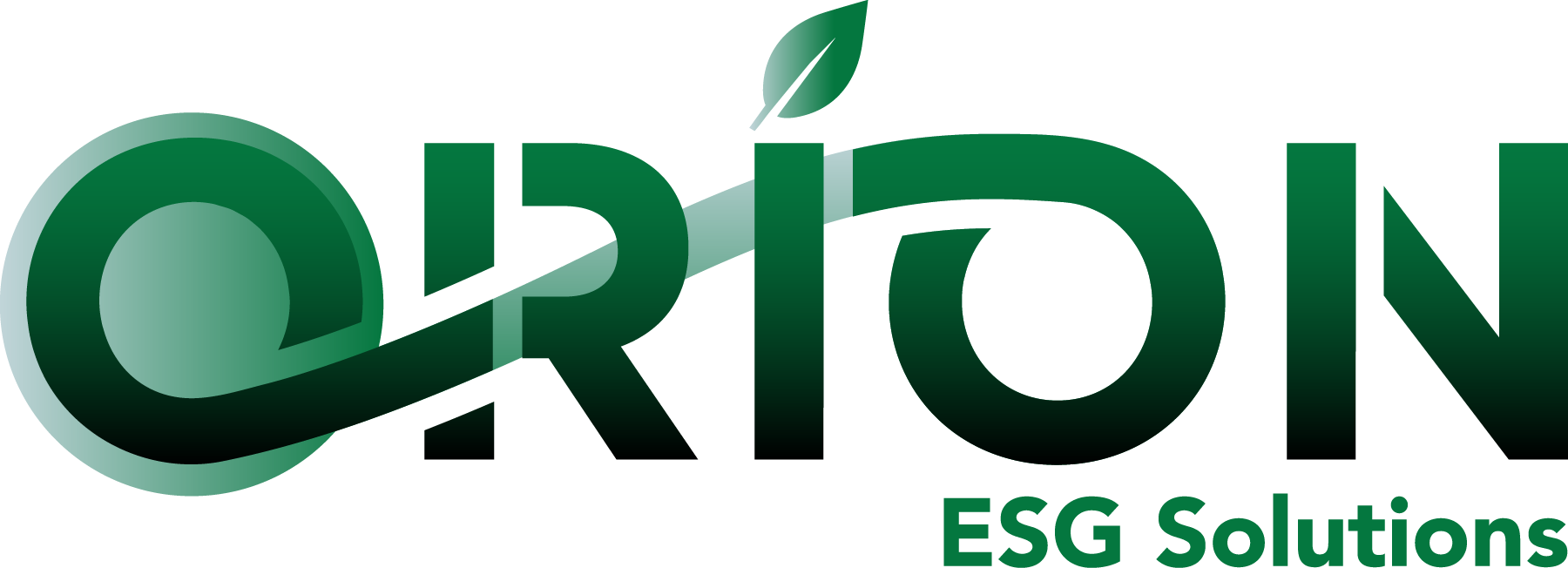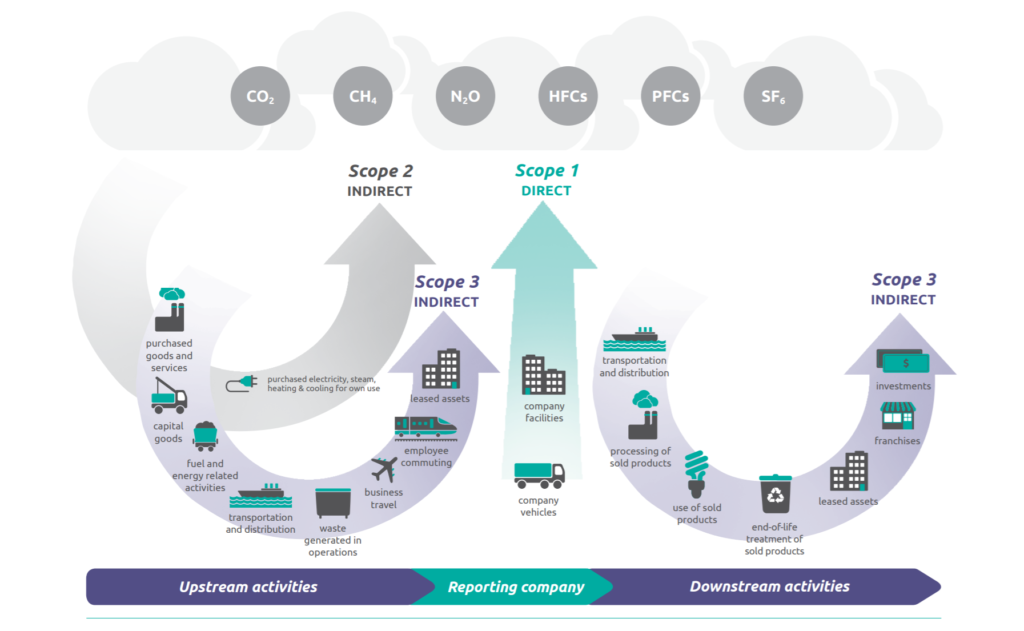Carbon Accounting: How to Get Started
Carbon accounting is imperative to the future of every business, as discussed in our previous post. So the next question is: How do you get started?
Understanding the different sources of emissions
Source: WRI/WBCSD Corporate Value Chain (Scope 3) Accounting and Reporting Standard (PDF) (152 pp, 5.9MB), page 5.
There are three different “scopes” through which emissions are categorized in a business.
Scope 1: All Direct Emissions from the activities of an organization or under their control. Including fuel combustion on site such as gas boilers, fleet vehicles and air-conditioning leaks.
Scope 2: Indirect Emissions from electricity purchased and used by the organization. Emissions are created during the production of the energy and eventually used by the organization.
Scope 3: All Other Indirect Emissions from activities of the organization, occurring from sources that they do not own or control. These are usually the greatest share of the carbon footprint, covering emissions associated with business travel, procurement, waste and water.
Getting Started: Gathering the Data
Most companies have yet to begin, or are very early on in their carbon accounting journey.
Scopes 1 and 2 are the best place to start, as they are more within the companies direct control, and therefore easiest to measure and influence. What does it look like practically?
Gather utility bills, collect mileage and fuel information from company owned vehicles, request waste data from direct operations, etc. In order to begin to attack Scope 3, you can contact those throughout your supply chain for their carbon accounting data.
Pull it all together: Carbon accounting tools
In response to the growing necessity of companies to keep track of their carbon accounting data, products are beginning to roll out that will help companies pull together all of their data and help them make sense of it.
One such tool is Salesforce Sustainability Cloud, which takes any data you can provide from Scopes 1, 2 and 3, analyzes and quantifies it. This allows you to efficiently formulate a climate action plan, then allows you to easily measure and manage your plans. Especially if you are already using Salesforce, these sustainability insights can be integrated into everything you do. Orion was one of the first customers and partners of Sustainability Cloud, and has worked to implement it with several clients. Some of these clients had never attempted to aggregate this data before, and others had the data on excel sheets with no real way to analyze them.
Making Changes
Once you begin to aggregate and analyze the data you collect, you can begin to make changes that reduce your emissions.
Contact us for more information on how to implement Sustainability Cloud and start your carbon accounting.



